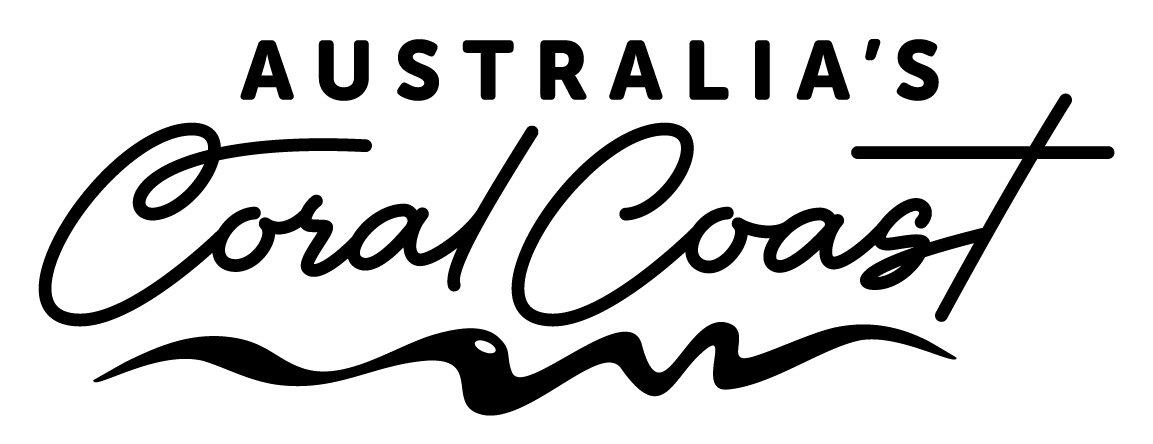
Lesueur National Park
Lesueur National Park is global biodiversity hotspot renowned for its extremely high native plant diversity.
Lesueur National Park is recognised as a global biodiversity hotspot and is one of the most significant reserves for flora conservation in Western Australia. Over 1,100 species of flora can be found here, amounting to 10% of Western Australia's known flora, including several species which cannot be found anywhere else on earth and have been included on an endangered list. The National Park is also home to over 100 species of birds that rely on the flora for their survival. It's a must see for all wildflower lovers and botanists.
Lesueur National Park is just a short 15 minute drive northeast of Jurien Bay and three hours drive north of Perth.
Visit during the wildflower season for a spectacular sight when a profusion of colour covers much of the National Park. Follow the 18.5km Lesueur Scenic Drive to the top of Mount Lesueur for a magnificent panoramic view across the park and the pretty coastline of Green Head.
Make sure you take a camera to capture the beauty of the region and hopefully if you are lucky you may even see the extremely rare Carnaby's Black cockatoo!
An entry fee of $15.00 per private vehicle (carrying up to 12 occupants) applies. For further details on National Park entry fees, refer to WA's Parks and Wildlife website.

Lesueur Scenic Drive
An 18.5km one-way sealed loop road through the National Park showcases the bvest that the scenic Mount Lesueur has to offer.

Yonga Trail
The 26km Yonga Trail is a loop trail that leads hikers through hills, valleys and woodlands. This is best for experienced hikers due to its length, and it also involves camping overnight at the Yonga Campground (camping bookings are essential via the ParkStay website). The campground is located approximatly halfway along the trail and features a shelter, three camp platforms and a toilet.






























